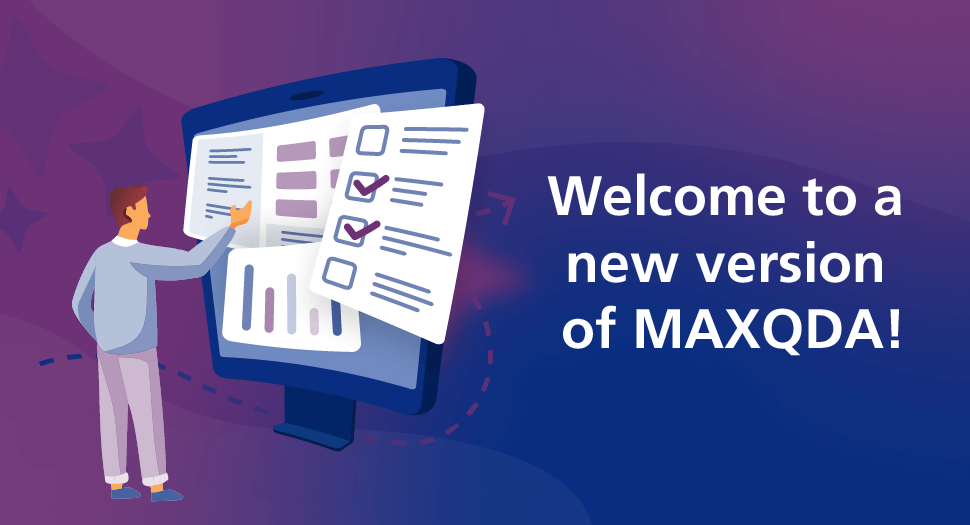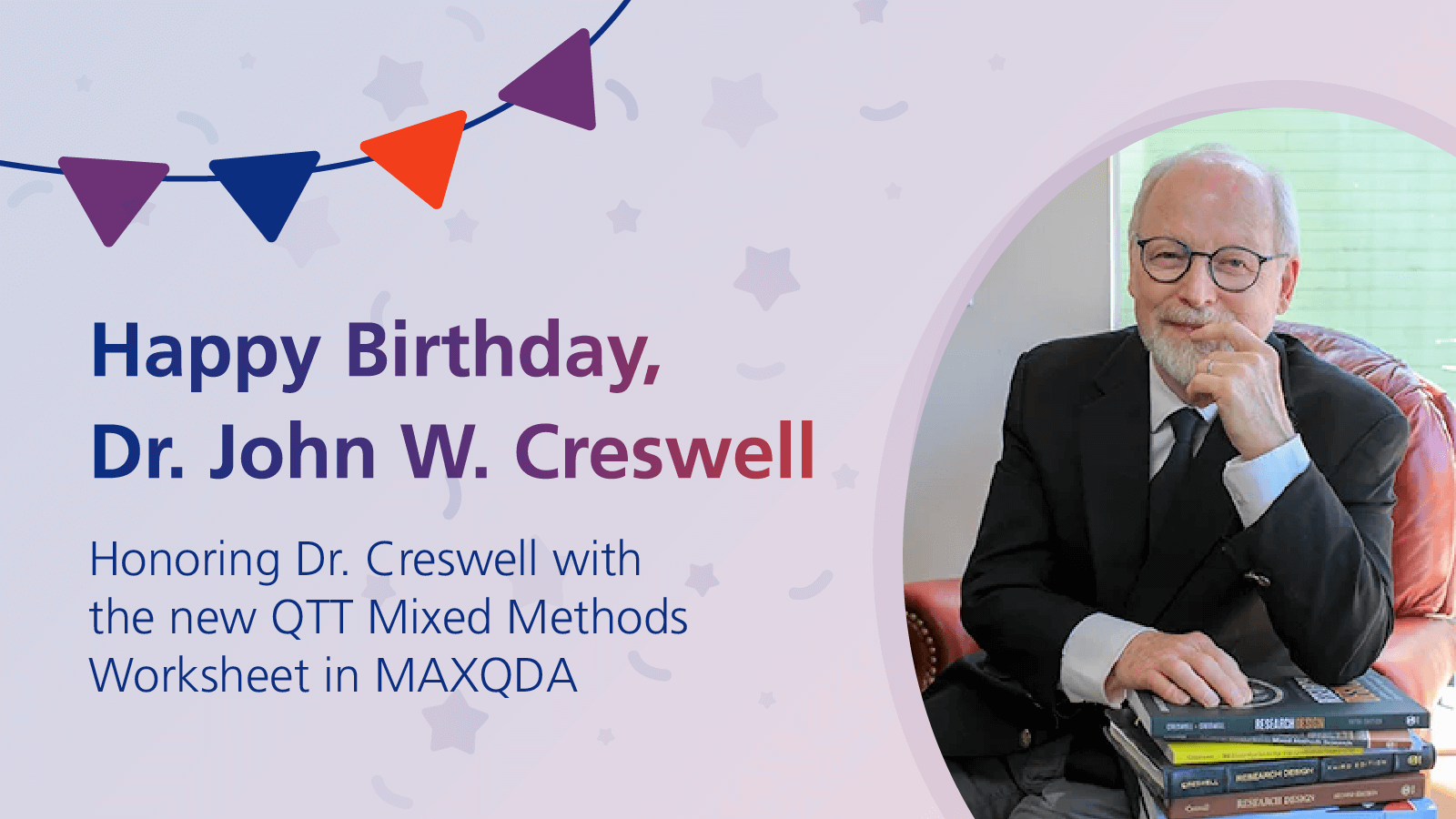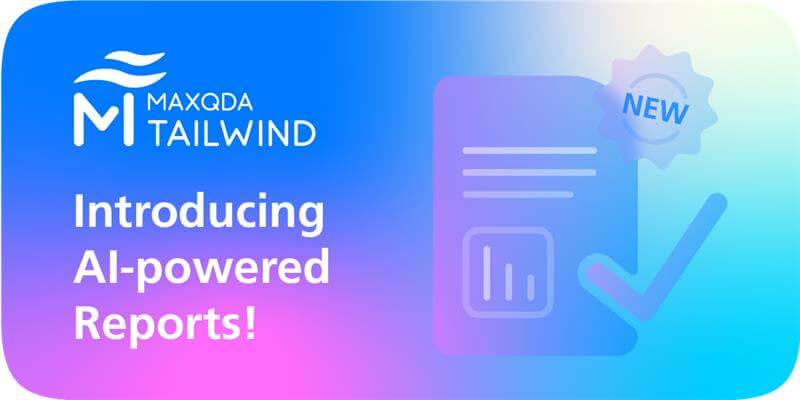Guest post by Jessica Penney.
Welcome to Part 2 of 3 of my fieldwork diary entries! In this entry, I will discuss how I used MAXQDA 2018 to analyze the data I collected. In my next post, I will discuss how MAXQDA allowed me to tailor conference presentations about my research.
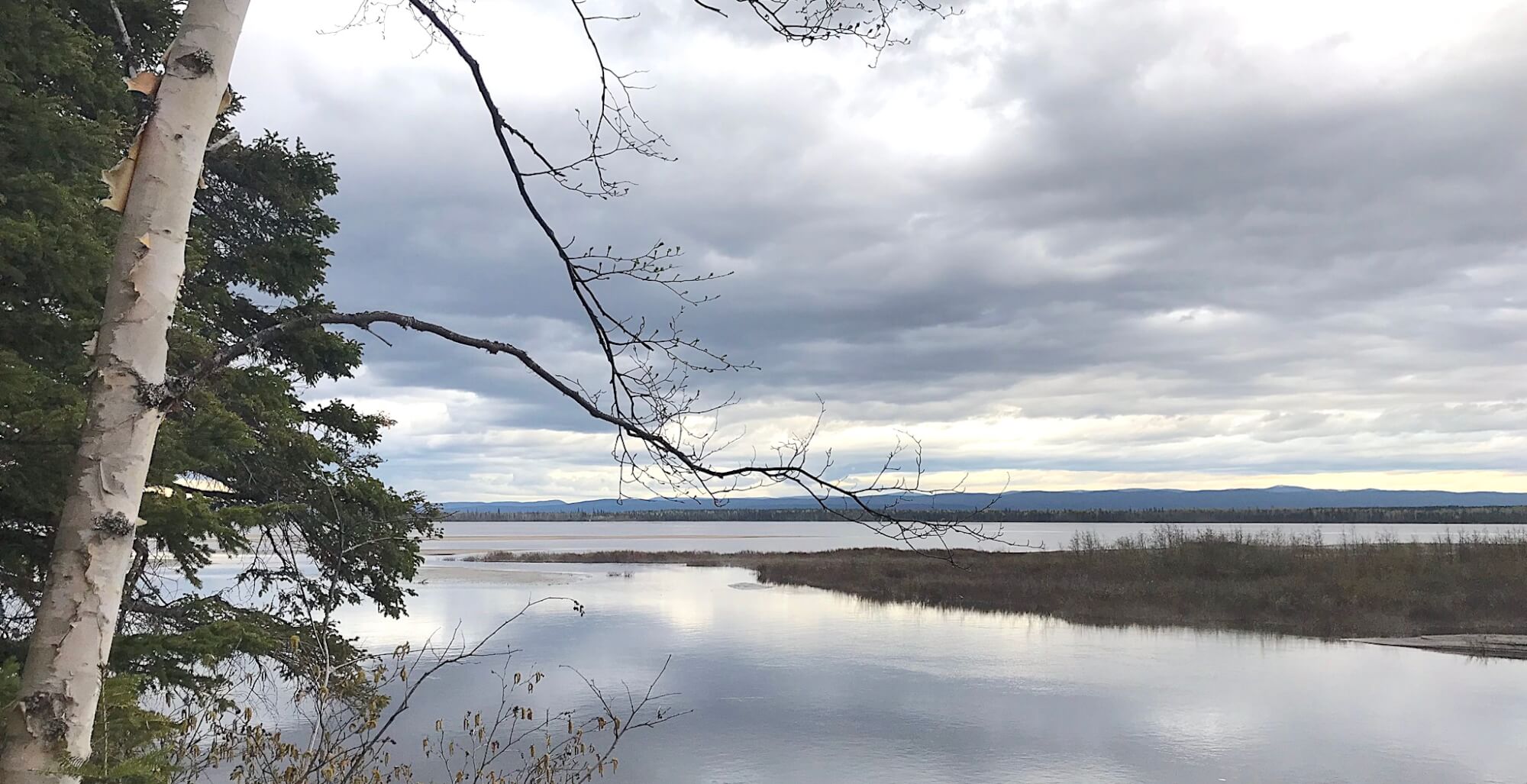
View from Happy Valley-Goose Bay’s Birch Island Boardwalk
To summarize, my project, titled “The safety that was, is gone”: Muskrat Falls and Labrador Land Protectors’ Changing Health and Wellbeing, was my MSc Global Health dissertation. The project, which took place in summer 2018, explores health concerns held by a grassroots group of activists called the Labrador Land Protectors, who are resisting the Muskrat Falls hydroelectric project in Happy Valley-Goose Bay, Labrador, Canada (in the north-east part of the country).
Interim Analysis
My data collection was a mix of semi-structured interviews, a focus group in the form of a sharing circle, and a 10-question survey. I will mainly be discussing the analysis of the interviews and sharing circle in this post.
Focus Group Analysis with MAXQDA
As is common in qualitative research, the analysis was an ongoing process beginning during data collection and shaping the rest of the fieldwork. This process, called interim analysis, allowed me to refine my interview schedule beyond initial questions. I transcribed interviews in MAXQDA after they were conducted, and then used questions that arose during the transcription process to inquire about emerging issues as I spoke to more Land Protectors.
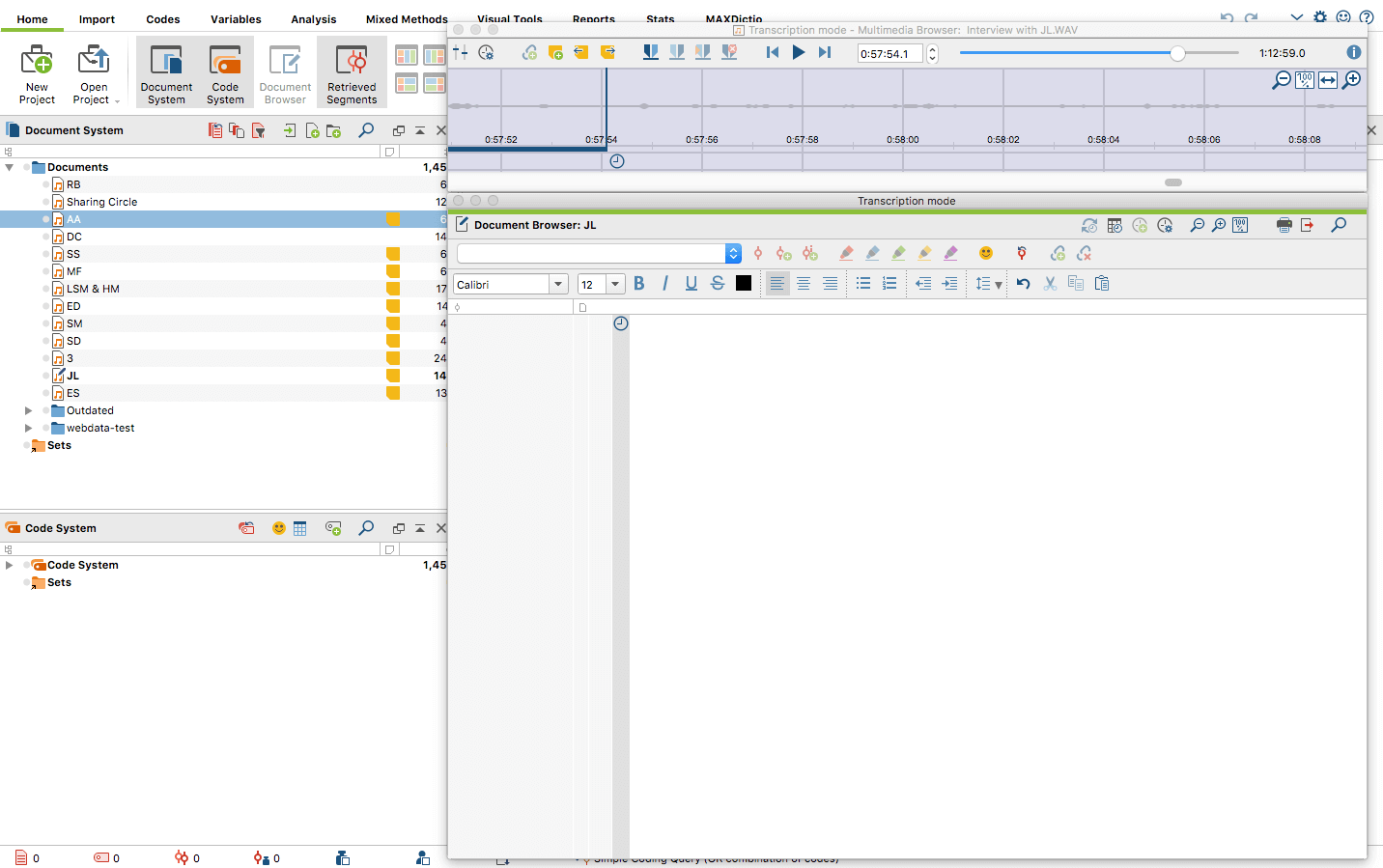
Transcribing audio-recorded interviews in the Multimedia Browser
Content Analysis
More formal content analysis of transcribed data also took place in MAXQDA, informed by a mixed grounded theory and framework analysis approach. As is common in grounded theory, segments of text were coded line by line through constant comparison.
However, due to my familiarity with Indigenous health literature, some thematic frameworks were anticipated (e.g. the importance of food systems and land-based cultural activities), which shaped my research aim and objectives, interview questions, and interpretation of data, as is often the case in framework analysis.
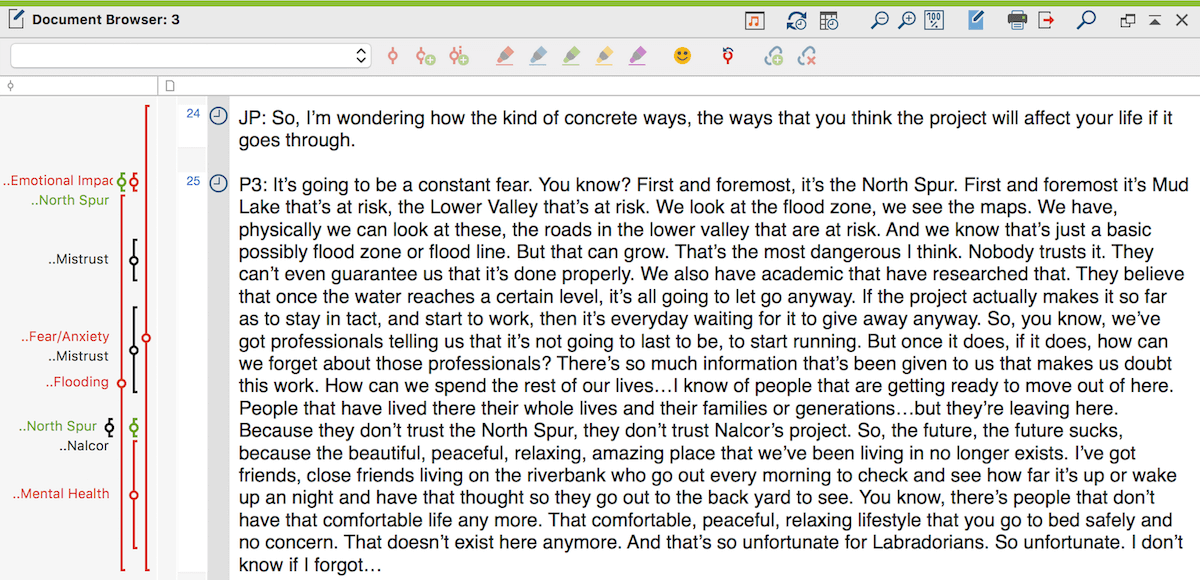
Coded segment of transcribed text in MAXQDA’s “Document Browser” Window
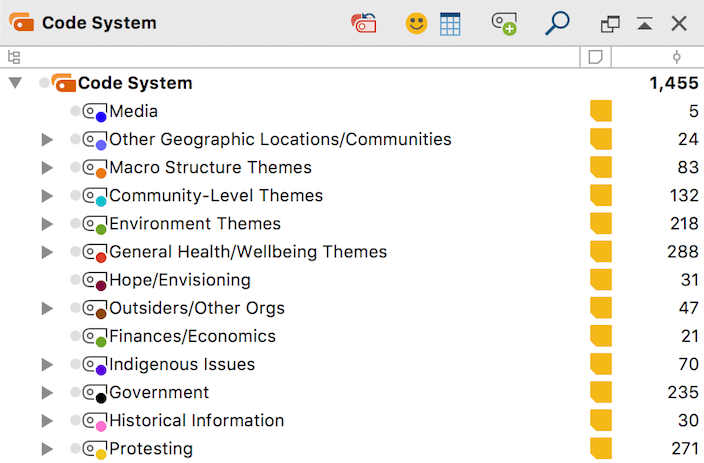
“Code System” window with general themes
Holistic Analysis
Indigenous research methods (my methodological standpoint) are grounded in relationality, which can make traditional analytical techniques difficult because they often break down data into small pieces rather than acknowledging interconnectedness and relationships. In order to ensure my analysis was holistic, after transcription and coding I wrote a summarizing electronic memo in MAXQDA.
This technique using MAXQDA allowed me to construct a more complete picture of the data and helped me relate the data, codes, and categories back to individual narratives. It also allowed me to take a step back and look at what was said in the wider context of the Labrador Land Protectors’ resistance and the Muskrat Falls project.
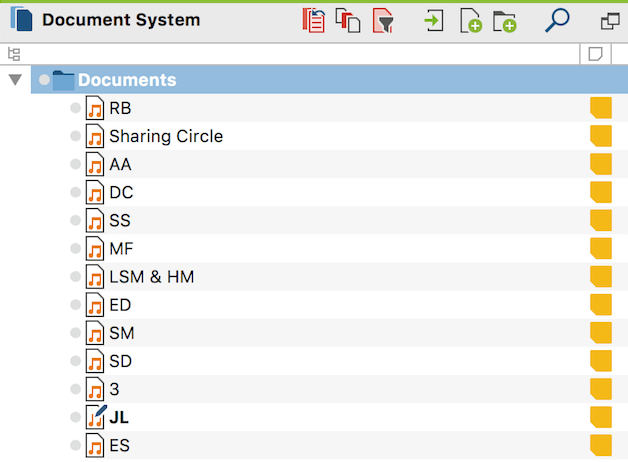
“Document System” window showing memos for every transcribed audio-recording
Visualizing Data using MAXQDA
Using MAXQDA to analyze my data was instinctive and flexible, and visualizing it helped with the process of examining the context around my research. The wide range of visual tools available in MAXQDA 2018 helped me achieve my vision for the project and remain true to my values.
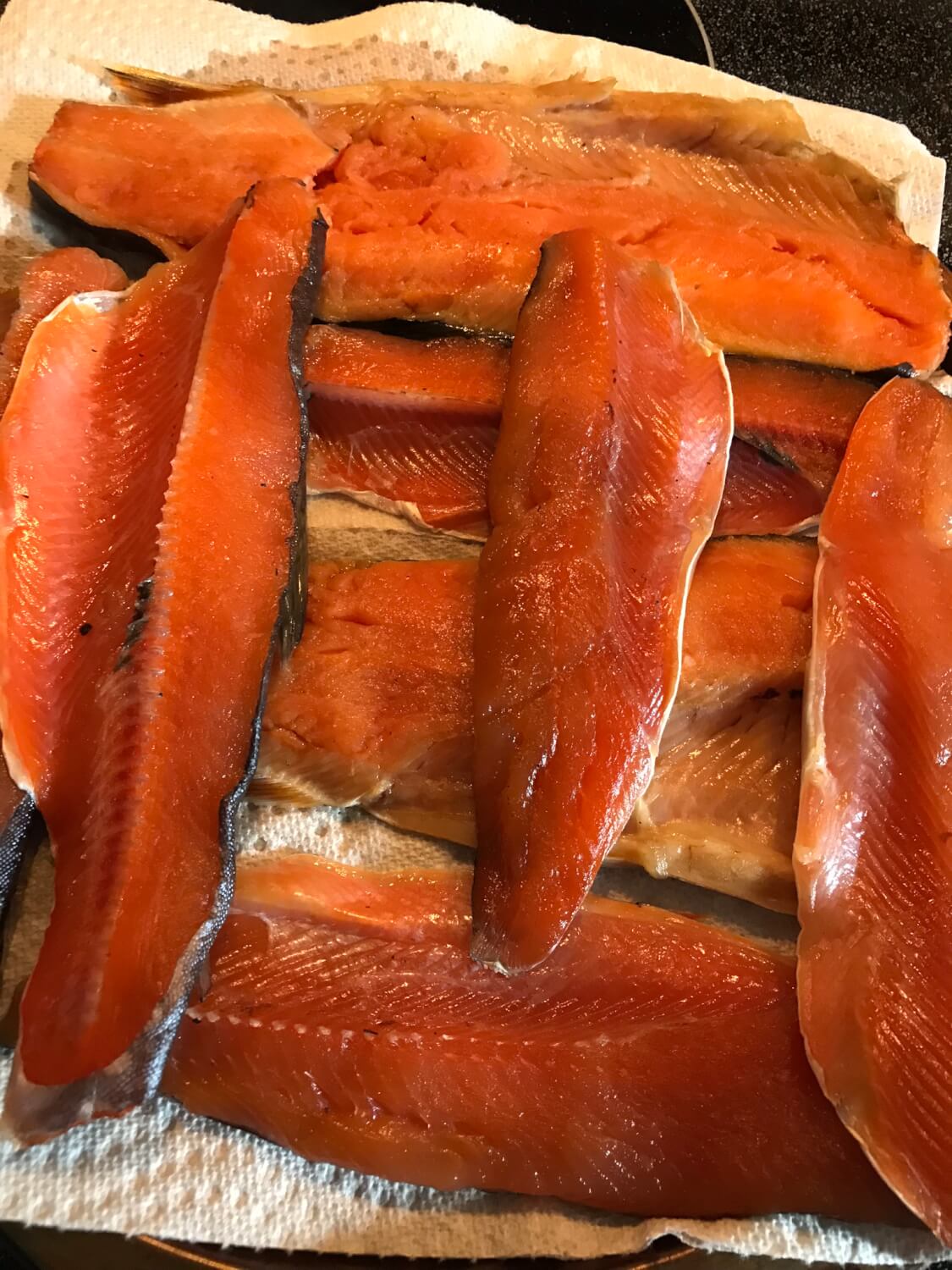
Local Fish
For example, I constructed a code co-occurrence model with MAXQDA’s MAXMaps feature that demonstrates the relationships between health (physical, mental, and emotional), environmental changes (landslides, flooding, methylmercury contamination), and food systems.
The purpose of constructing this model is to show how participant narratives linked all of these issues together when relaying their health and environment concerns. Throughout the research process it was already clear that people believe in this link, but visualizing connections through the model allows for another way to understand these relationships beyond reading the transcribed text. I believe the MAXMaps tool is an excellent addition to narrative data.
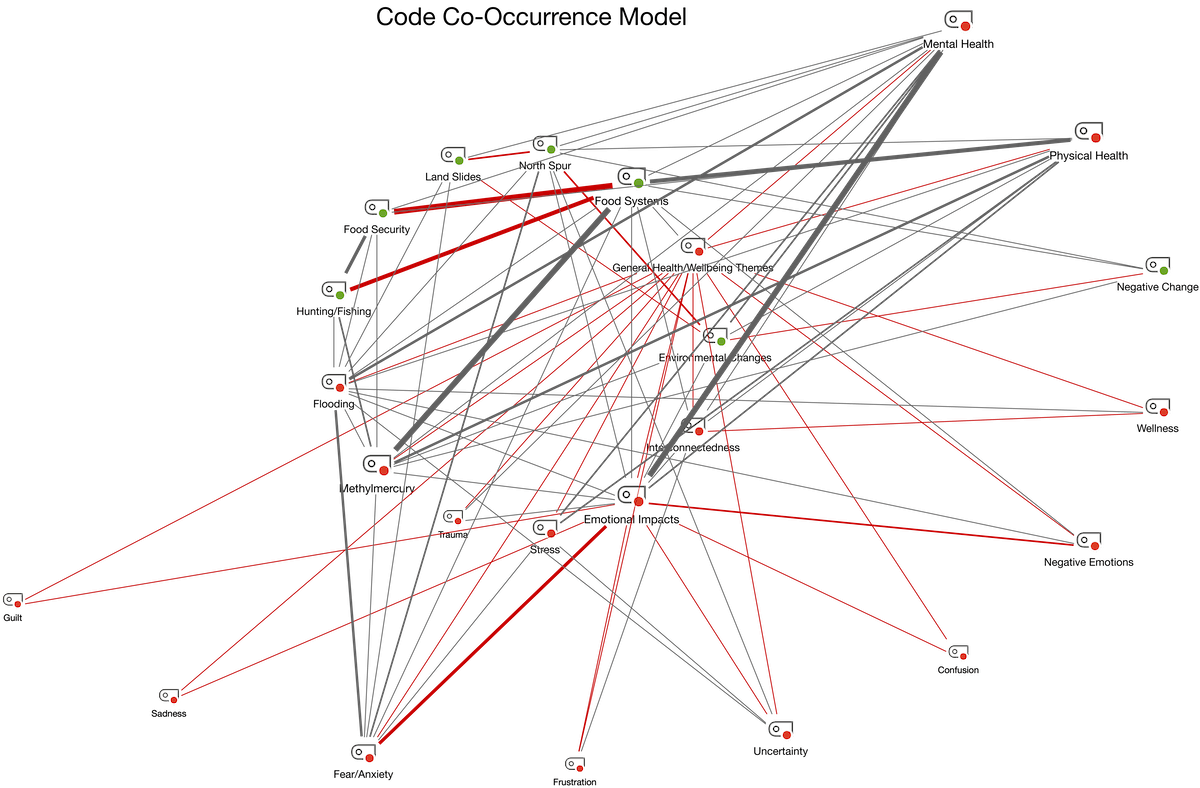
Code co-occurrence model generated using MAXMaps
The thicker lines indicate increased code co-occurrence. As seen in the model below, methylmercury was highly associated with impacts on food systems, which often came up in relation to physical health. This model was useful in reasserting the value of relationality, as it demonstrates how each topic and issue is related to others and should be considered as such.
What’s Next
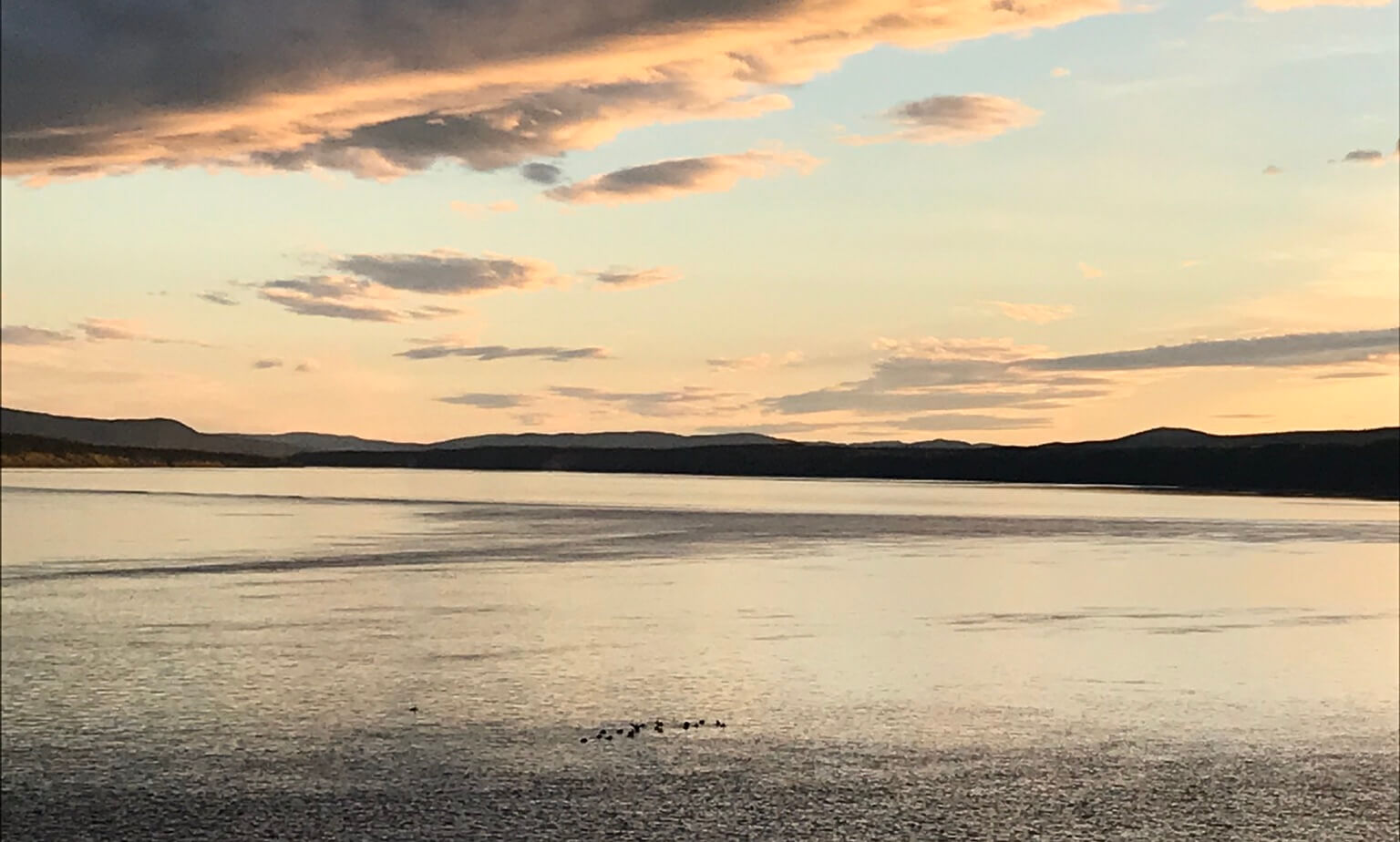
Sunset in Happy Valley-Goose Bay
I hope that this post is helpful in explaining how MAXQDA can be used to analyze interview and focus group data. In my experience, MAXQDA has many amazing features that can enhance the research analysis and communication process. I recommend being open-minded and exploring the different tools to see how they can benefit your work!
In my next post, I will be discussing some conclusions, reflections, and how I used MAXQDA to prepare for conference presentations. Up-to-date information about the Land Protectors and their current efforts can be found at their Facebook page, and Twitter account.
Editor’s Note
Jessica Penney is a recipient of the 2018 #ResearchforChange Grant. Penney is the first non-PhD level student to receive a MAXQDA Research Grant and is an MSc Global Health student at the University of Glasgow, UK. She conducted fieldwork for her research project titled “Land Protectors’ Understandings of Health in Relation to the Muskrat Falls Project and Protests” throughout the summer of 2018 in Happy Valley-Goose Bay, Canada. Find out more about how she will continue to use the grant in her final fieldwork diary entry, coming soon!

